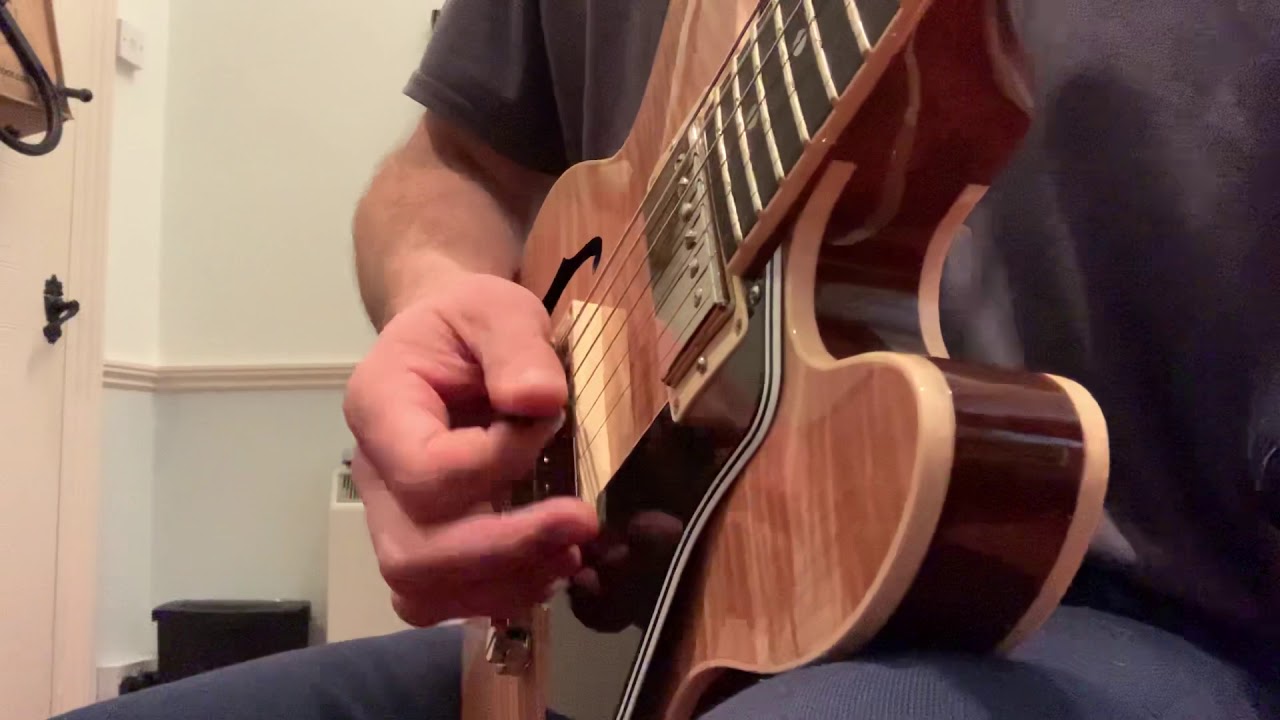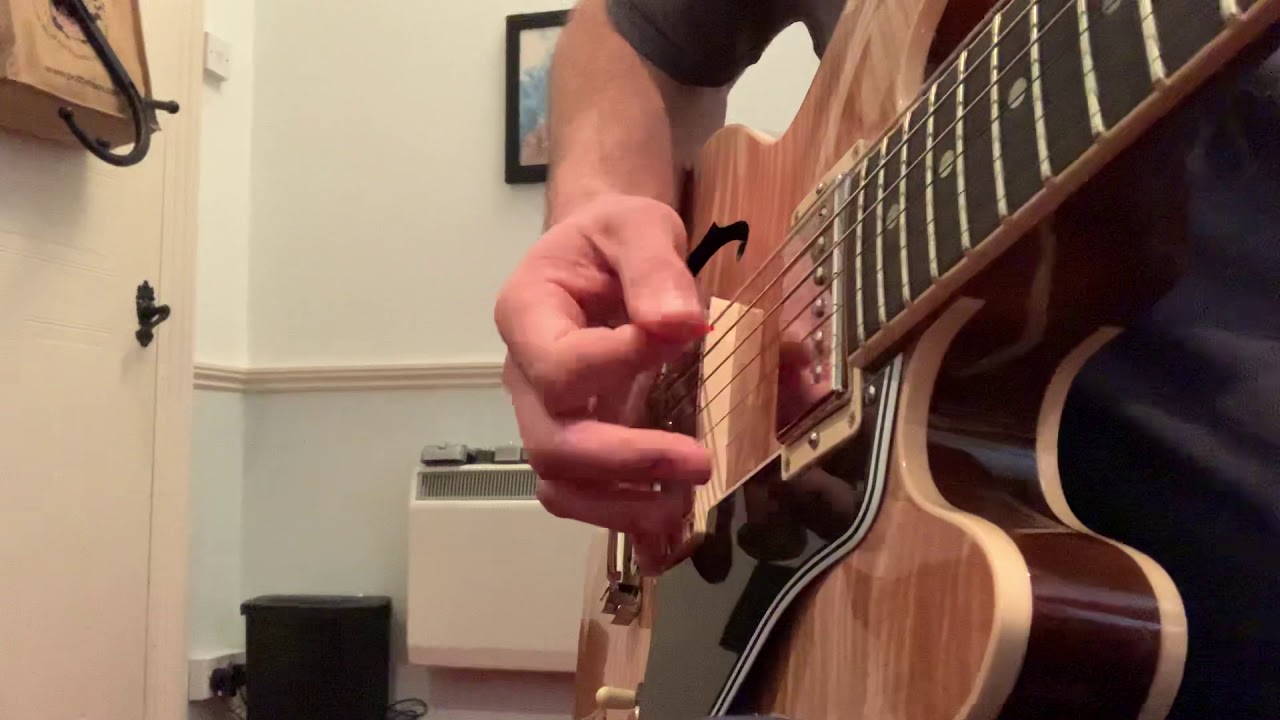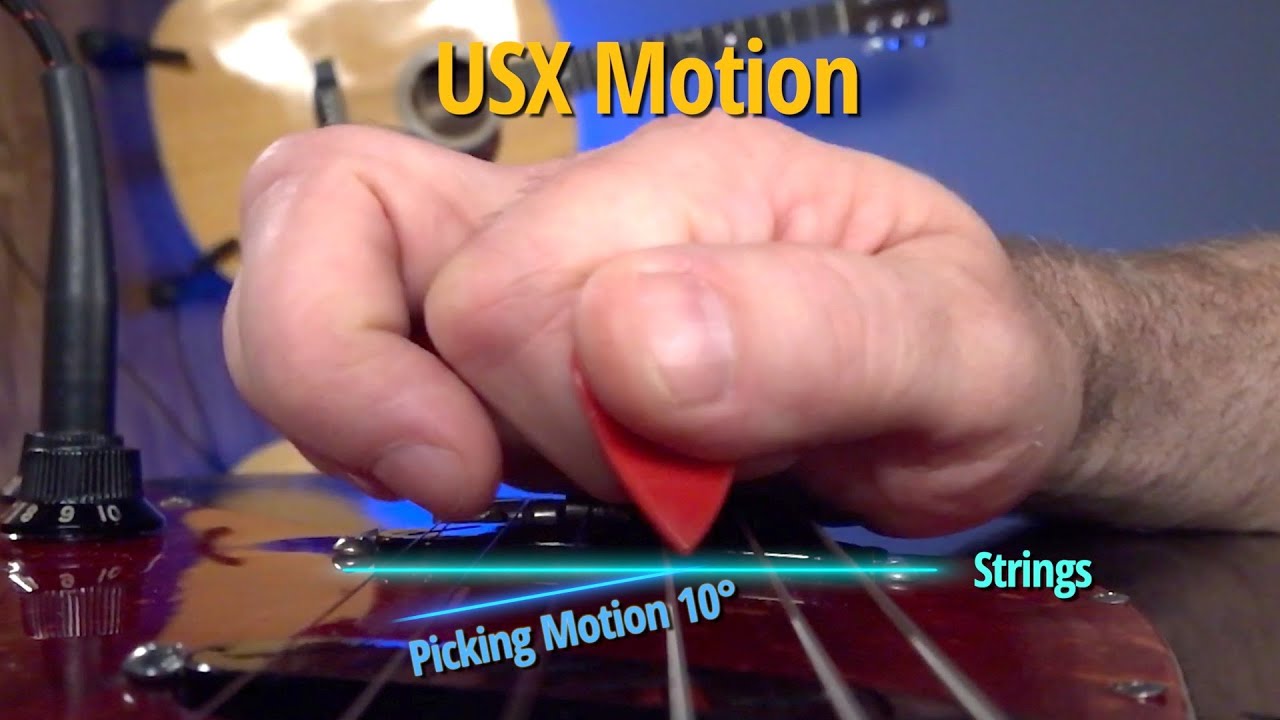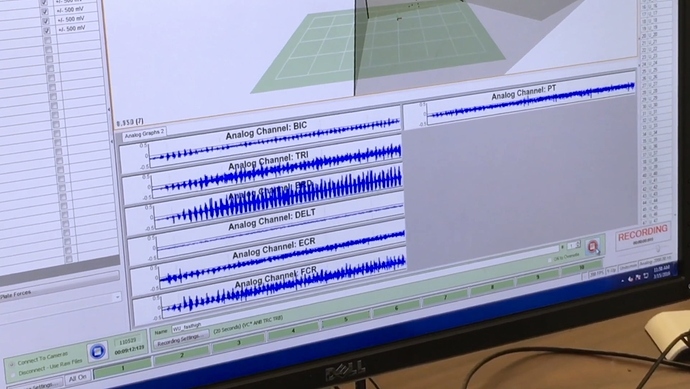I know this has been covered before several times regarding Martin Miller’s index and thumb movement in altering the arc of the pick as it crosses strings. My issue is more to do with single string picking.
I remember figuring this out as a way for me to execute “gallop picking 16ths” on the low string when I was 16, as I just couldn’t seem to do it from the wrist. Since then, it’s sort of subconsciously burnt into my picking technique.
I find that as soon as I pick faster, the thumb and index flexion and extension come in to some degree. The more I push myself, the more movement comes in, often growing larger and really affecting accuracy.
I guess the scuffs at start of this video demonstrate some of the inconsistency in my picking that I deal with periodically. At one point in the video I made a conscious effort to extend my index finger and hold it there, to avoid this thumb/index motion from occuring as much, but it doesn’t feel natural.
Here is a clip exaggerating the motion I am talking about, along with a clear example of the way I used it for 16th note galloping when I was younger (15 years ago now…wow).
What makes this a real issue for me is when it comes to pushing myself out of my comfort zone. It seems difficult to push my technique beyond its current capacity when the process of doing so changes the motions I’m using so substantially.
This has been a long-standing frustration in my playing and any input would be appreciated.




![[Technique Critique Diary] #9 - 19th January 2021](https://forum.troygrady.com/uploads/default/original/2X/9/9c7c9df255607a21993b568a06de492da554e6da.jpeg)

![[Technique Critique Diary] #10 - 22nd January 2021](https://forum.troygrady.com/uploads/default/original/2X/1/174f03394fa04355ca991ddc32399daa1485d840.jpeg)